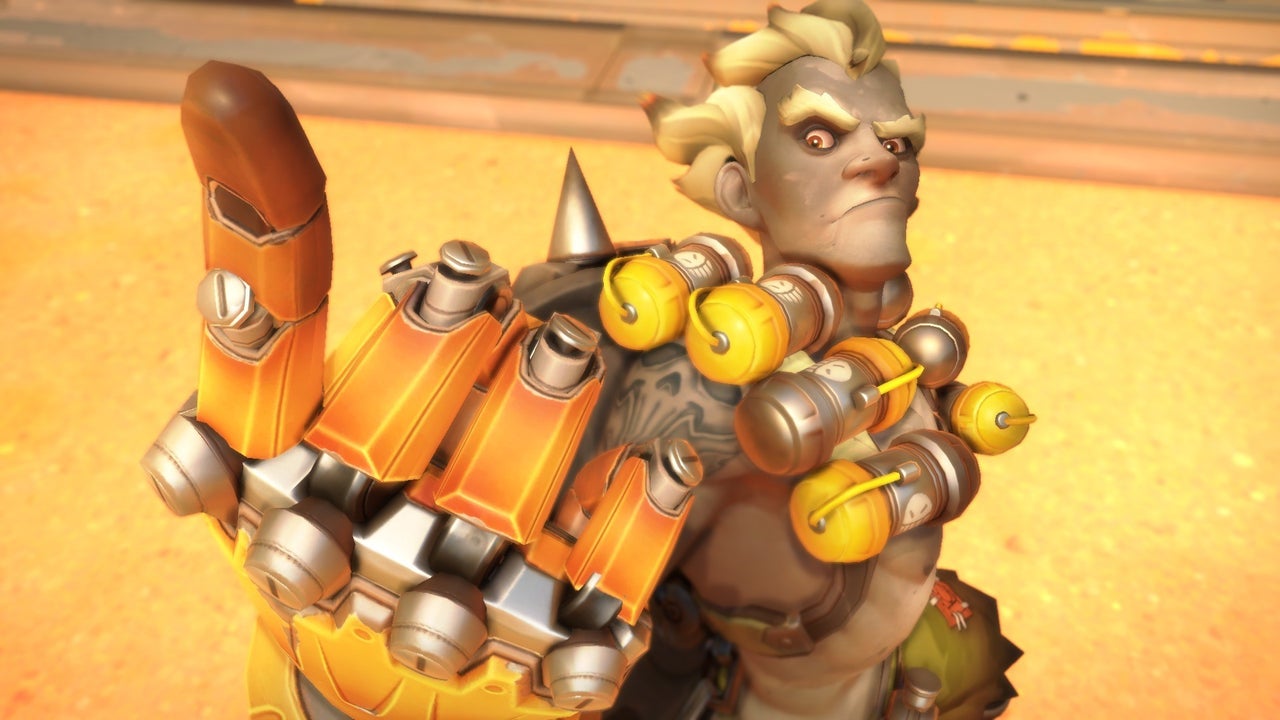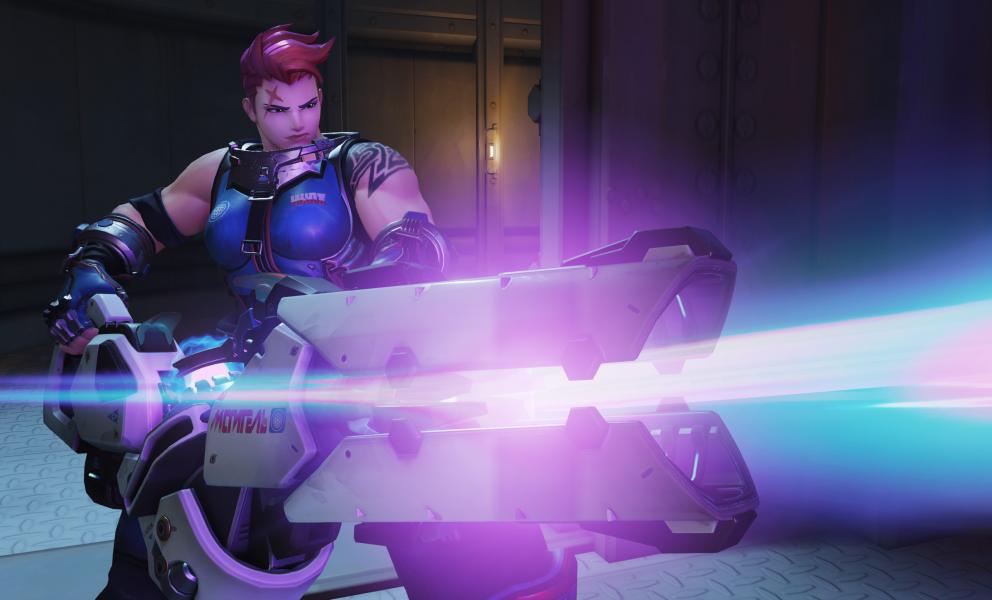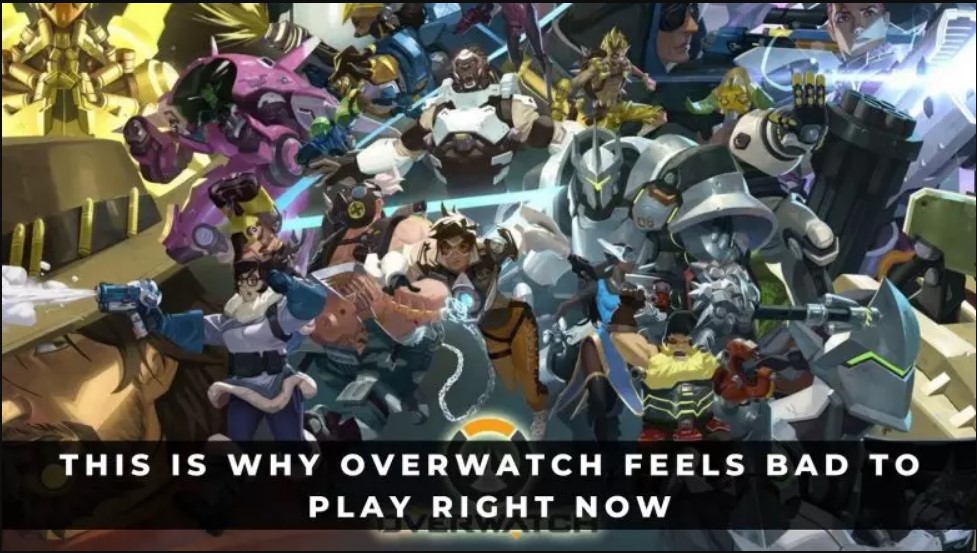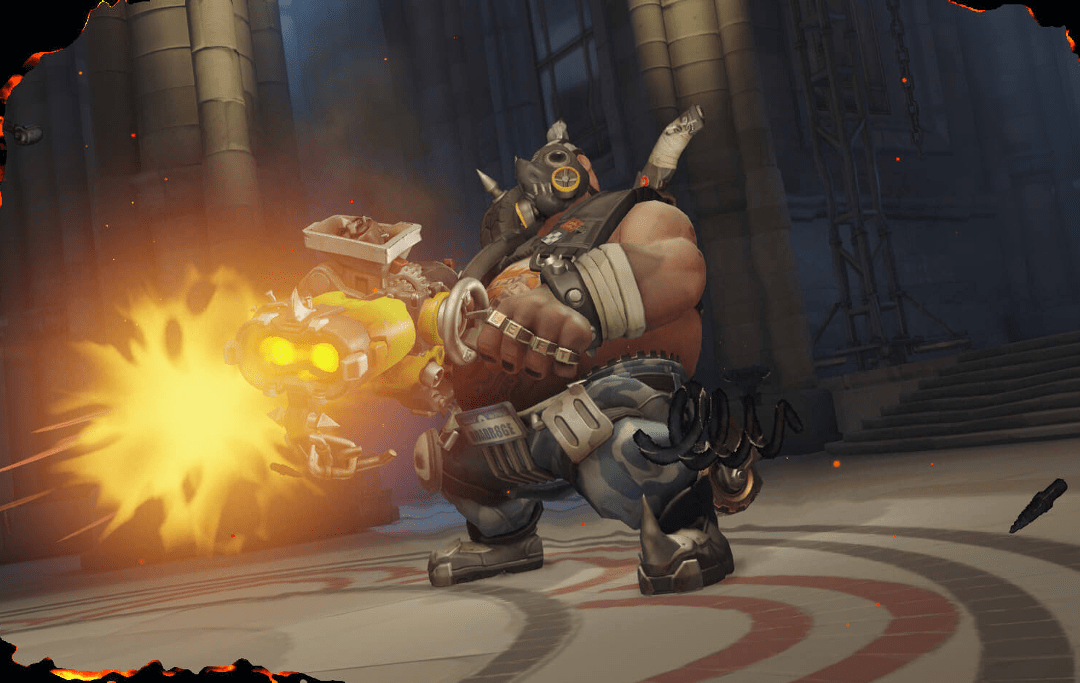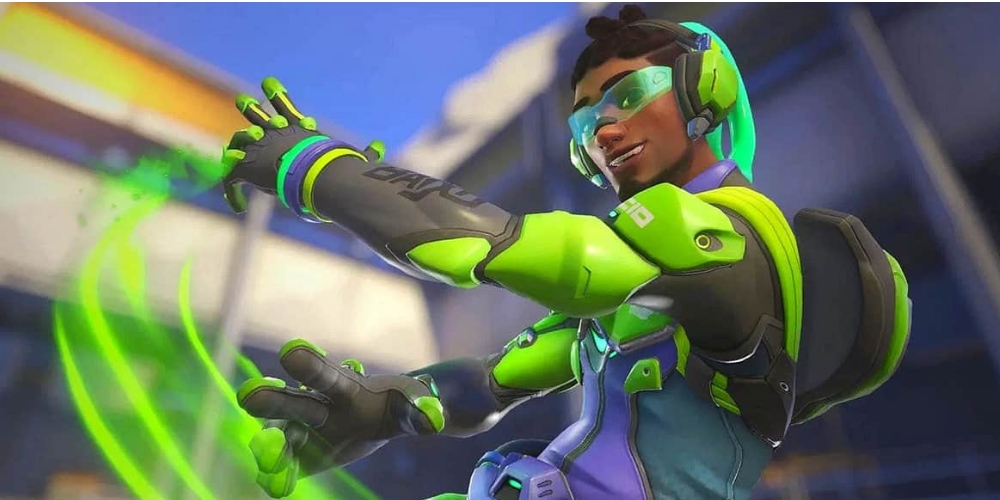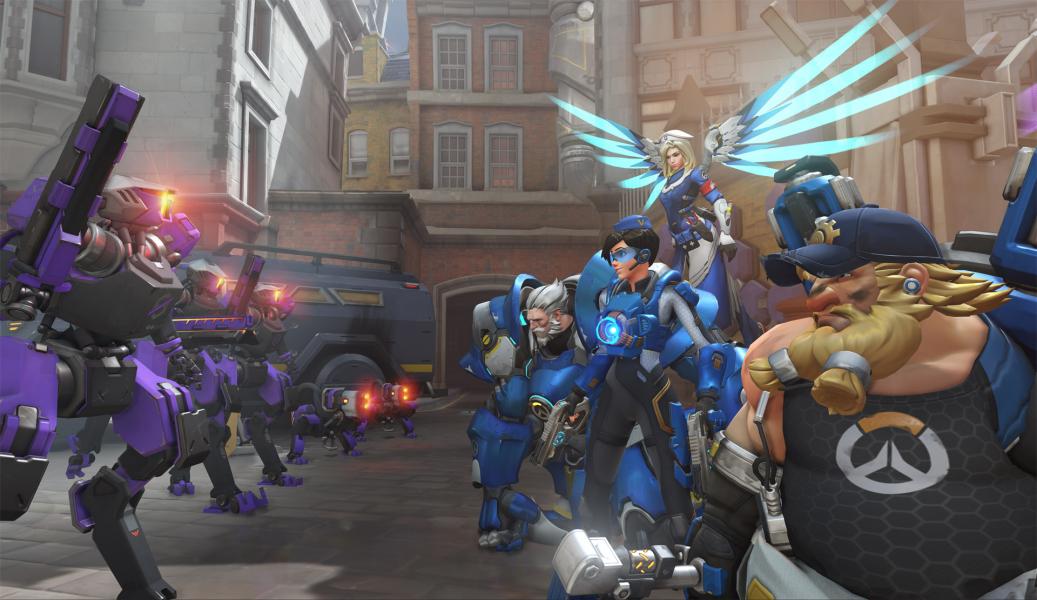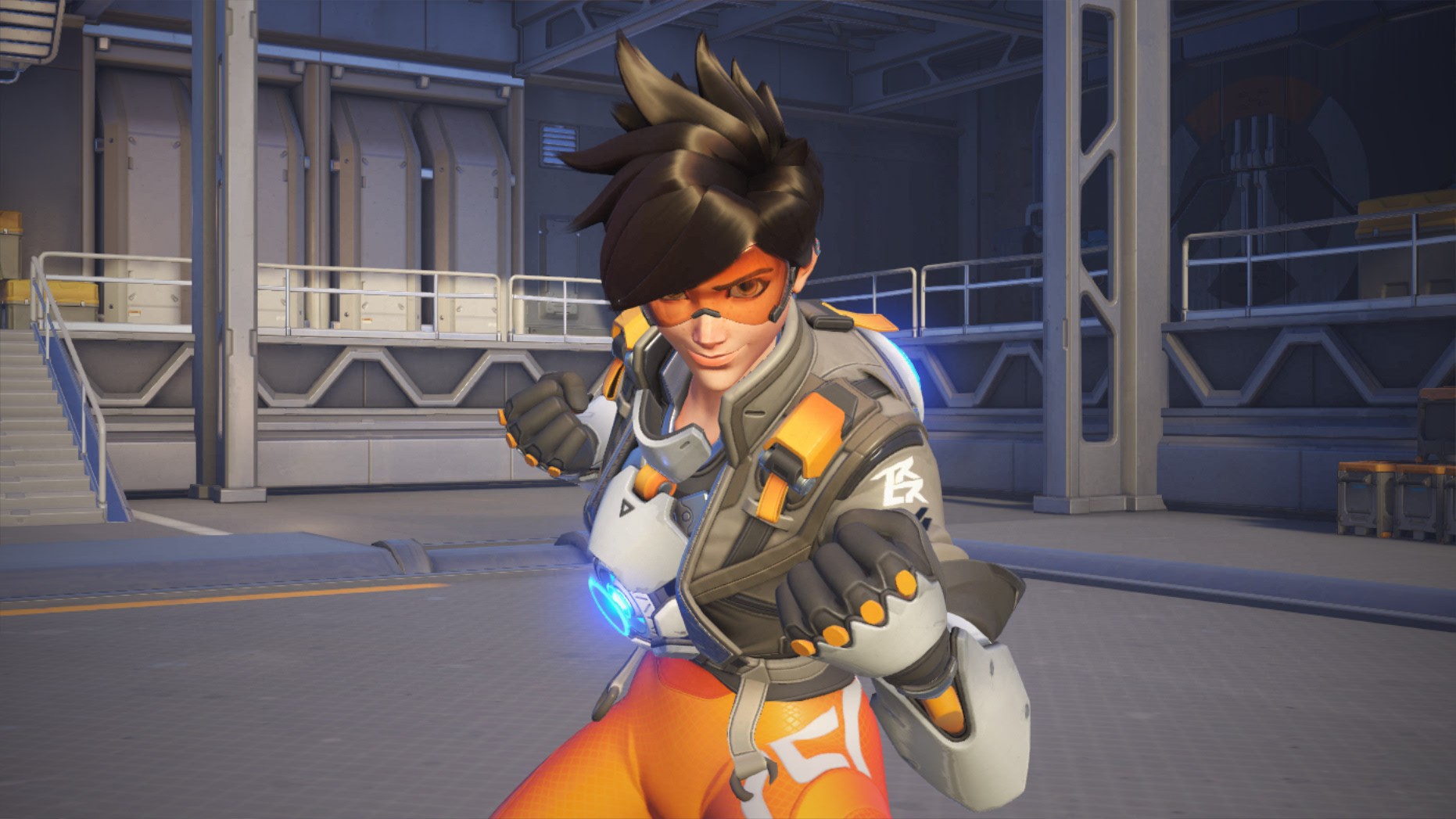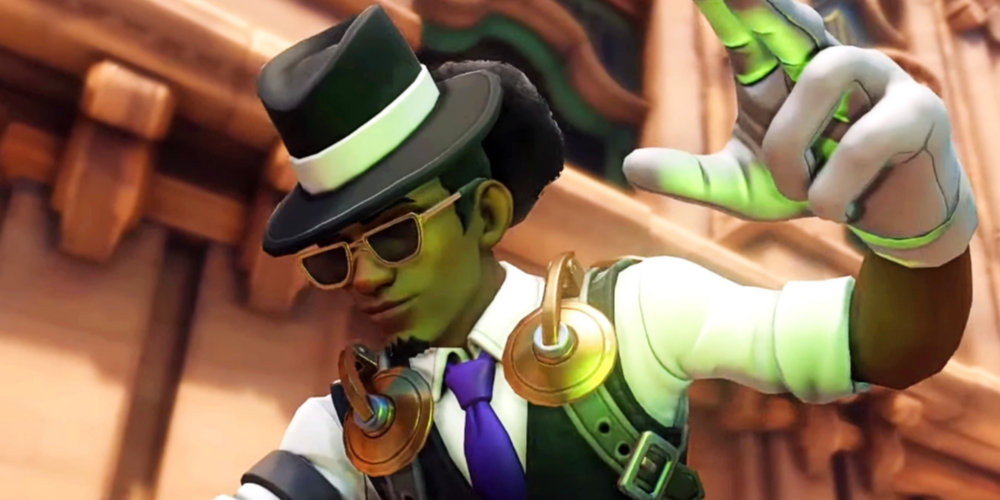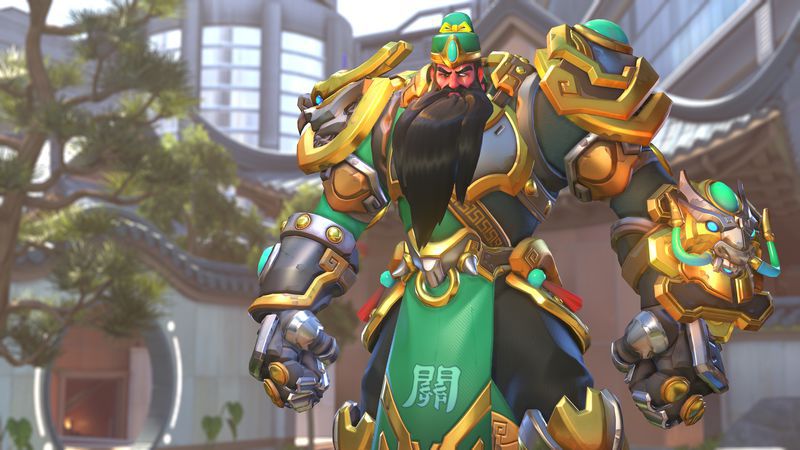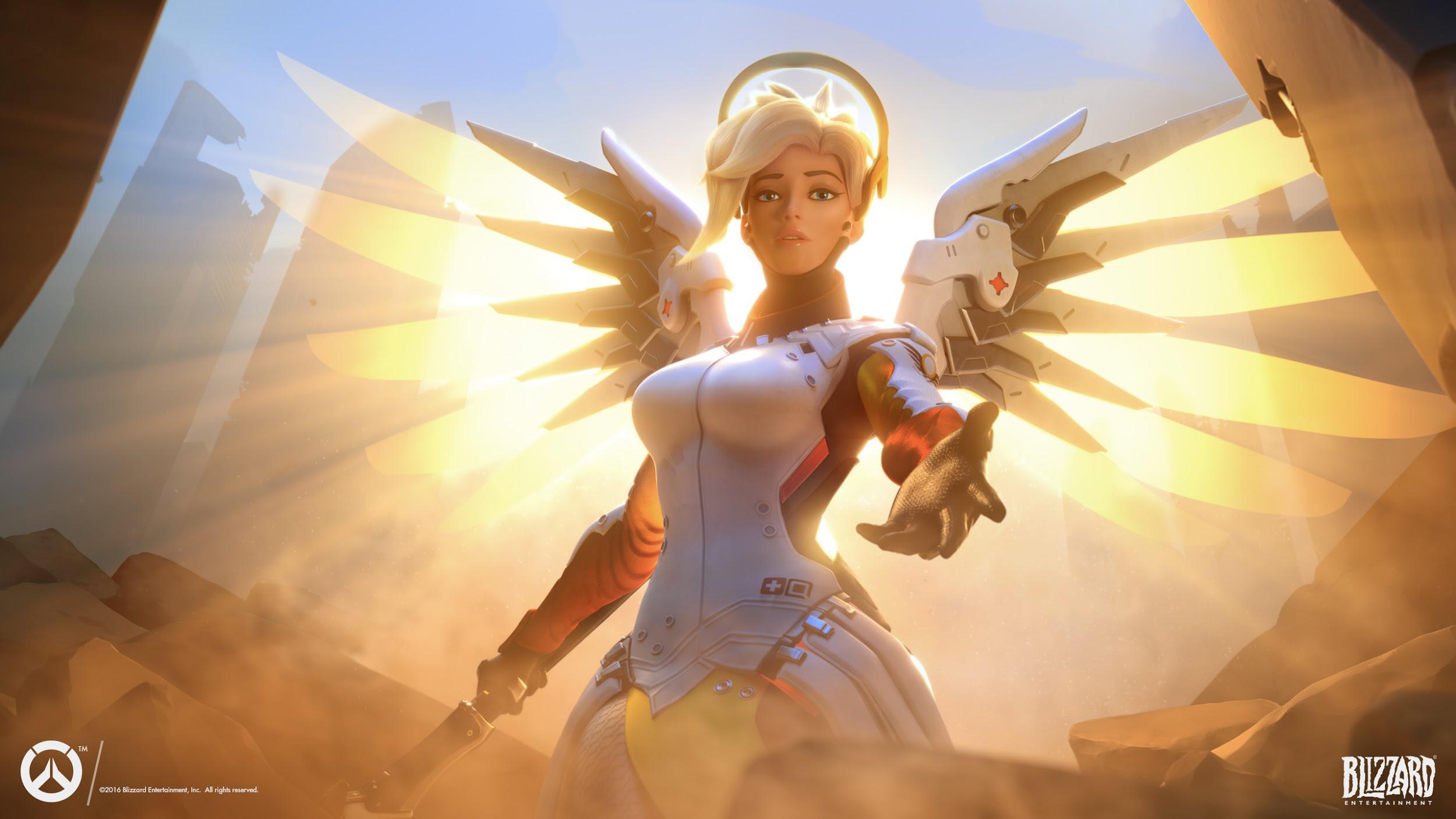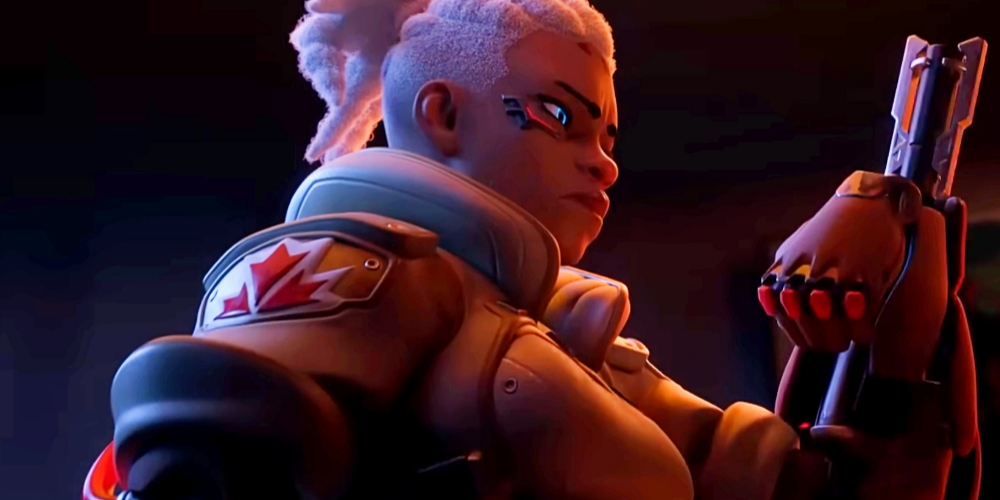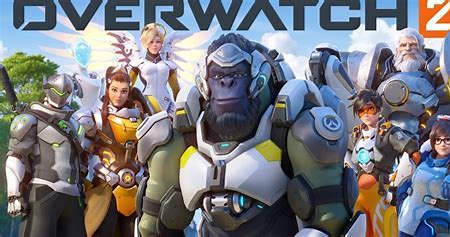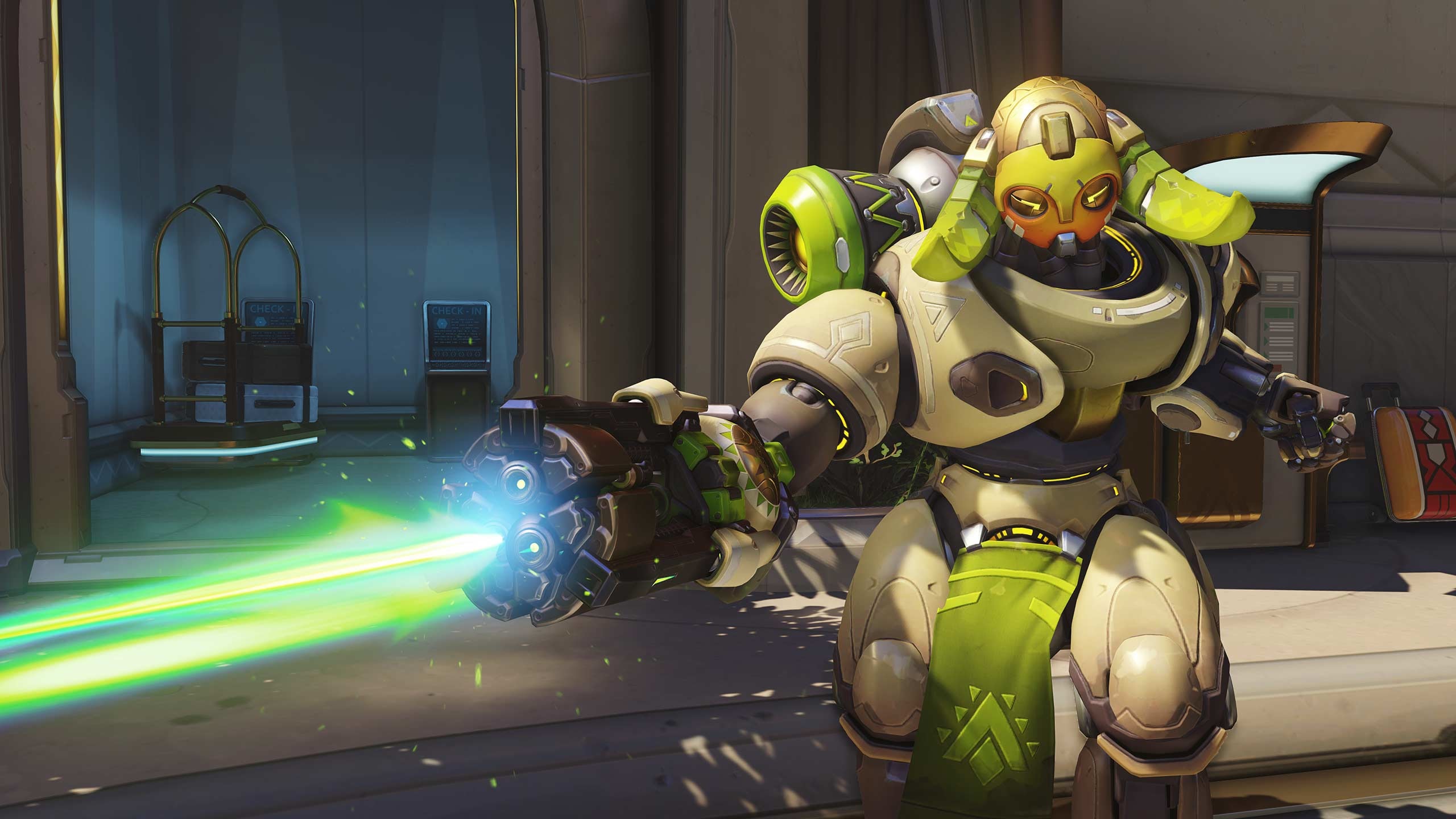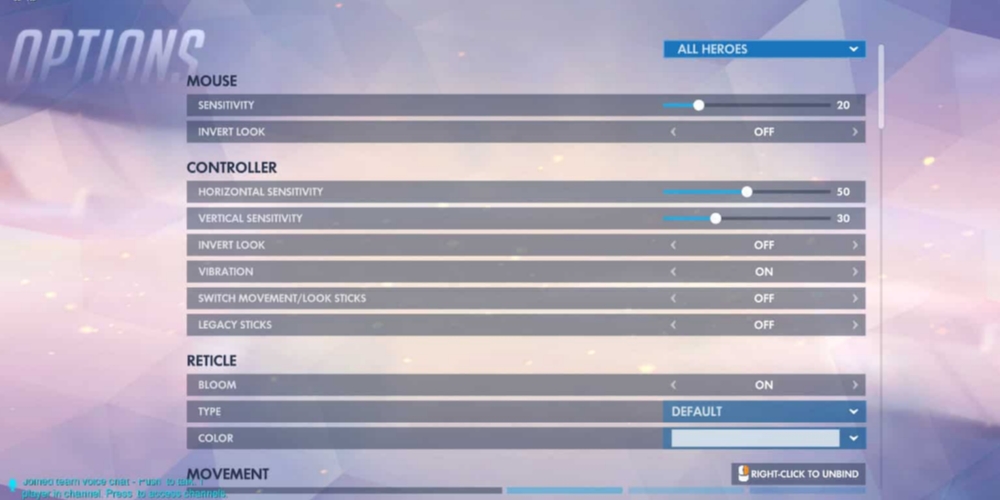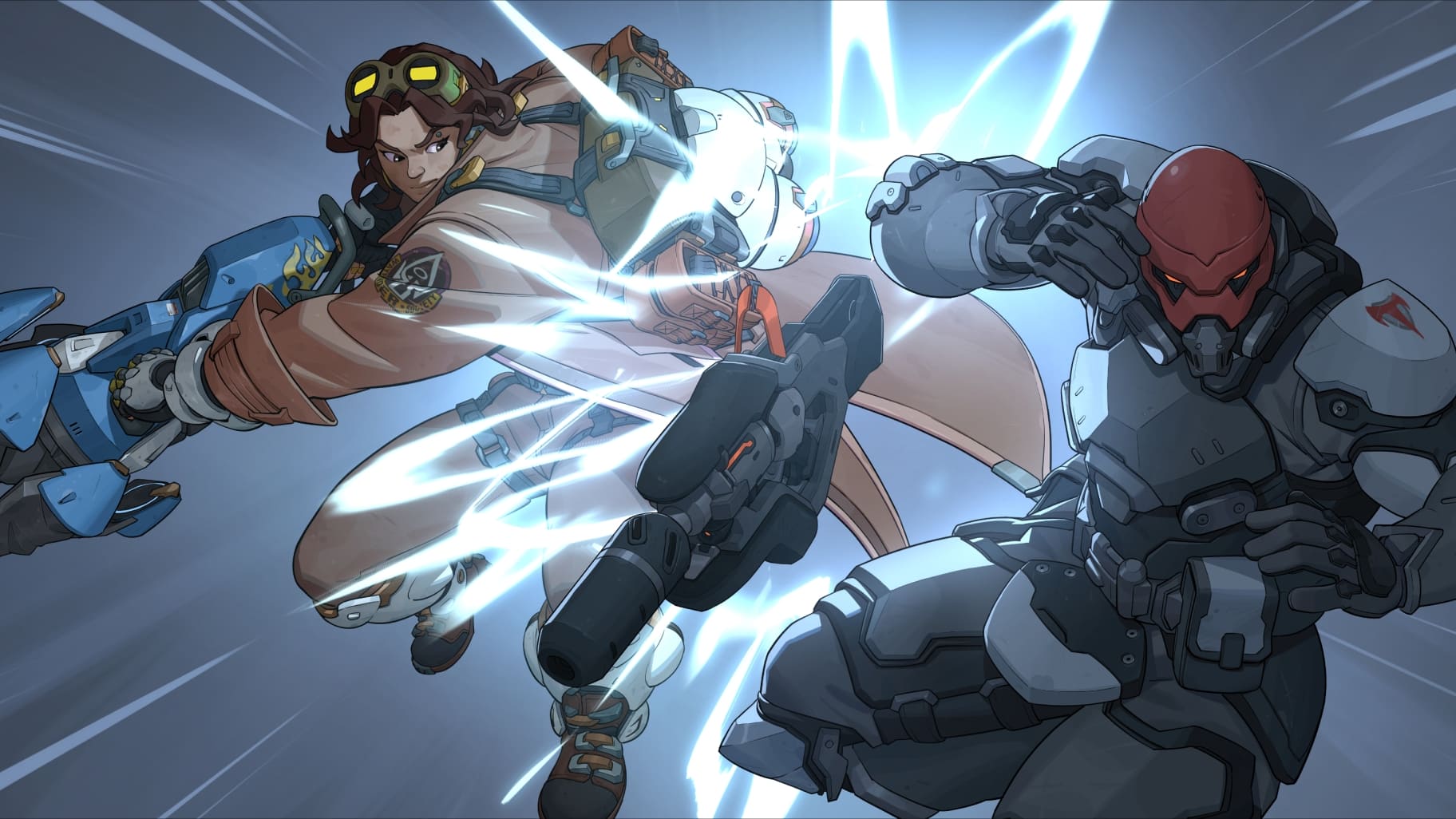
Why Matchmaking Matters
One of the biggest complaints about Overwatch 2 is matchmaking. Players are getting into unfair matches, playing with the same people over and over again, and even playing the same maps and modes over and over again. However, what exactly does this mean? What is the Overwatch 2 matchmaking system, and how does it work?
The Basics
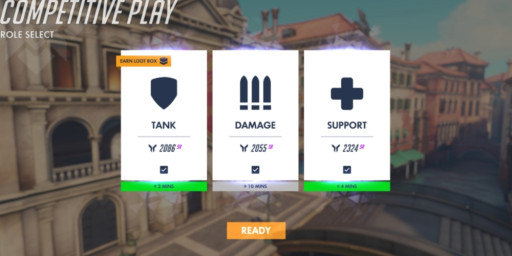
Matchmaking is an internal system designed to create balanced matches in a video game. Every player has what is called an MMR, which stands for matchmaking rank. This rank determines where you end up. In general, Blizzard tries to make it so you have an equal chance of winning and losing.
This MMR has a numerical value. It’s up to you to determine your skill. This factors in past and present performance and creates a balanced MMR based on that. Your MMR changes depending on the results of your most recent matches. This is done so your skill rating, or MMR, is always being updated to keep you in fair matches.
What Determines MMR
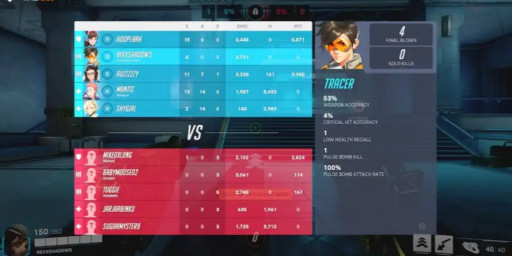
First, MMR is determined by your role: DPS, support, or tank. When you’re playing tank, you will be matched up against an enemy tank of approximately the same skill as you. If you lose, your MMR will be negatively affected. If you win, your MMR will be affected positively.
However, keep in mind that the role MMR system is a recently implemented system, so there are surely going to be bugs and flaws that Blizzard still needs to iron out.
Another factor is how skilled the opponent is. For example, if you lose to an opponent with a higher MMR than you, you won’t lose as much MMR. If you win against an opponent with a higher MMR, you’ll gain more MMR, and so on and so forth.
There are also other players. In some cases, even if your skill stays the same, your MMR will change depending on how other players are doing. If they’re doing worse than you, your MMR will increase, and if they’re doing better than you, your MMR will decrease.
MMR is determined by your role, the approximate skill you have based on your wins, losses, and opponents, and how well the rest of the Overwatch player base is doing when compared to you.
The Flaws In The System Explained
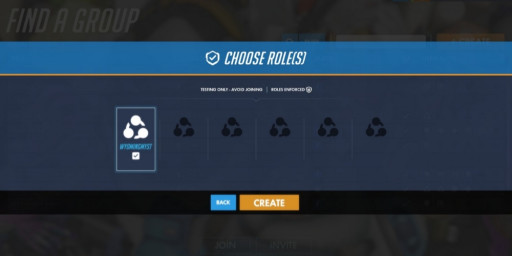
In an effort to reduce toxicity, matchmaking has taken a hit. It’s as though they were so focused on removing features that could add to toxicity that they forgot to tweak their matchmaking to keep up with the new version of Overwatch.
Now, Overwatch matchmaking throws players into unfair matches. The MMR system, which in theory can work well, is no longer working. One huge issue is placement during competitive. Since we’re on the third season, the cracks are showing. People who previously ranked master and even grandmaster are getting matched with golds.
The huge flaw is that it’s hard to identify which players have high skill and which have low skill. The only reason we know grandmasters are getting placed with golds is because gold-tier players are reporting that players with the special name card grandmasters get are appearing in their lobbies.
Blizzard removed displaying ranks from competitive. Along with that, career profiles are set to private by default. That means it’s frustrating to figure out who’s the weak link and if they’re being unfairly set up. The effort to remove toxicity has now impacted the matchmaking system.
The main issue here is that now more toxicity is rising because of the unbalanced matches. Blizzard is trying to remove toxicity, but in the struggle, they’re creating more.
Along with that, Blizzard has stated that when forming a match, only your MMR is considered, no matter what mode you’re in, even competitive. For example, if you’re a grandmaster player, Blizzard doesn’t take that into account. They only take your MMR into account, which is why a lot of players are being thrown in a bunch of weird matches with players of varying competitive skill ratings.
The Pros

One main pro of the Overwatch matchmaking system is that, when it works as intended, you get mostly fair matches. You’ll get matches against opponents who could be more skilled than you, but they’ll reward you highly if you win and won’t punish you too badly if you lose. In theory, the system isn’t bad. It can work well and provide you with a nice balance of fun and challenging games.
There aren’t too many pros because right now, all we’re seeing are the cons. The best matchmaking is the kind that you don’t notice. If you aren’t sitting there wondering why a game was so easy or why a game was so hard, the matchmaking did its job. Sure, sometimes things happen and a game is easy or hard. However, this should be a rare occurrence and not one that Overwatch 2 players are suffering from.
The Cons
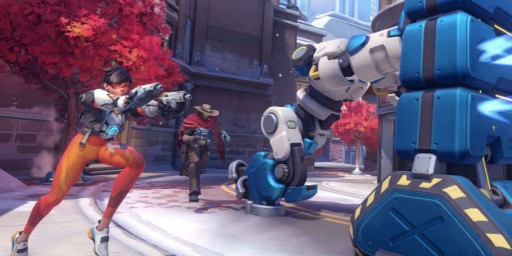
You can literally abuse the system. I wish I was kidding, but no: you can actually abuse the system and give yourself easier games. If you just wait a little bit, say a week or two, your MMR will naturally decrease. Players have reported their theories that this has happened to them since they stopped playing for a week or two, then, when they got back, their first few games were extremely easy.
If you wait, your MMR, in theory, will drop. That means you’re guaranteed to get easier games and more wins. Although this method takes time, it can still abuse the system and make it so less skilled players are suffering due to an MMR error.
Another con is how unpolished the MMR is. As I mentioned earlier, in an effort to reduce toxicity, they’ve created more. Now they’re creating an environment where less skilled players are getting attacked for a matchmaking system that they can’t control. It’s a disaster for new players, especially since older players are being matched with the new, creating a huge imbalance.
Blizzard’s Response

Blizzard has explained that the main flaw where players are getting matched with higher- or lower-tiered players is explainable. They explained in a blog post that even when players dropped a rank (i.e., from platinum to silver), they still had the same MMR as when they were in platinum. This means silver players were still matched up with the people they were playing with when they were actually platinum, which is unfair to platinum players.
Blizzard responded by giving a detailed explanation of how MMR works. They even included charts and graphs to help players understand where the problem was coming from. The only real response we’ve gotten in-game is the role MMR. Now, Blizzard is working on creating balance between the individual roles (support, DPS, tank) to help balance it out.
In my opinion, this is a great thing that can at least make the roles feel evenly matched. In most unbalanced games, it’s normally one or two people in the same role who are bringing the team down. For example, let’s look at DPS. With the role MMR in place, now your team’s DPS and the enemy team's DPS are evenly matched. That makes the system a lot more fair.
You May Also Be Interested In:
[Top 10] Best Overwatch DPS For Beginners
[Top 10] Best Overwatch Heroes For Competitive Play
Overwatch DPS Tier List [Overwatch Best And Worst DPS Revealed]
[Top 5] Overwatch Best Heroes For Solo Carry
[Top 10] Best Overwatch Heroes For Beginners That Are Powerful

